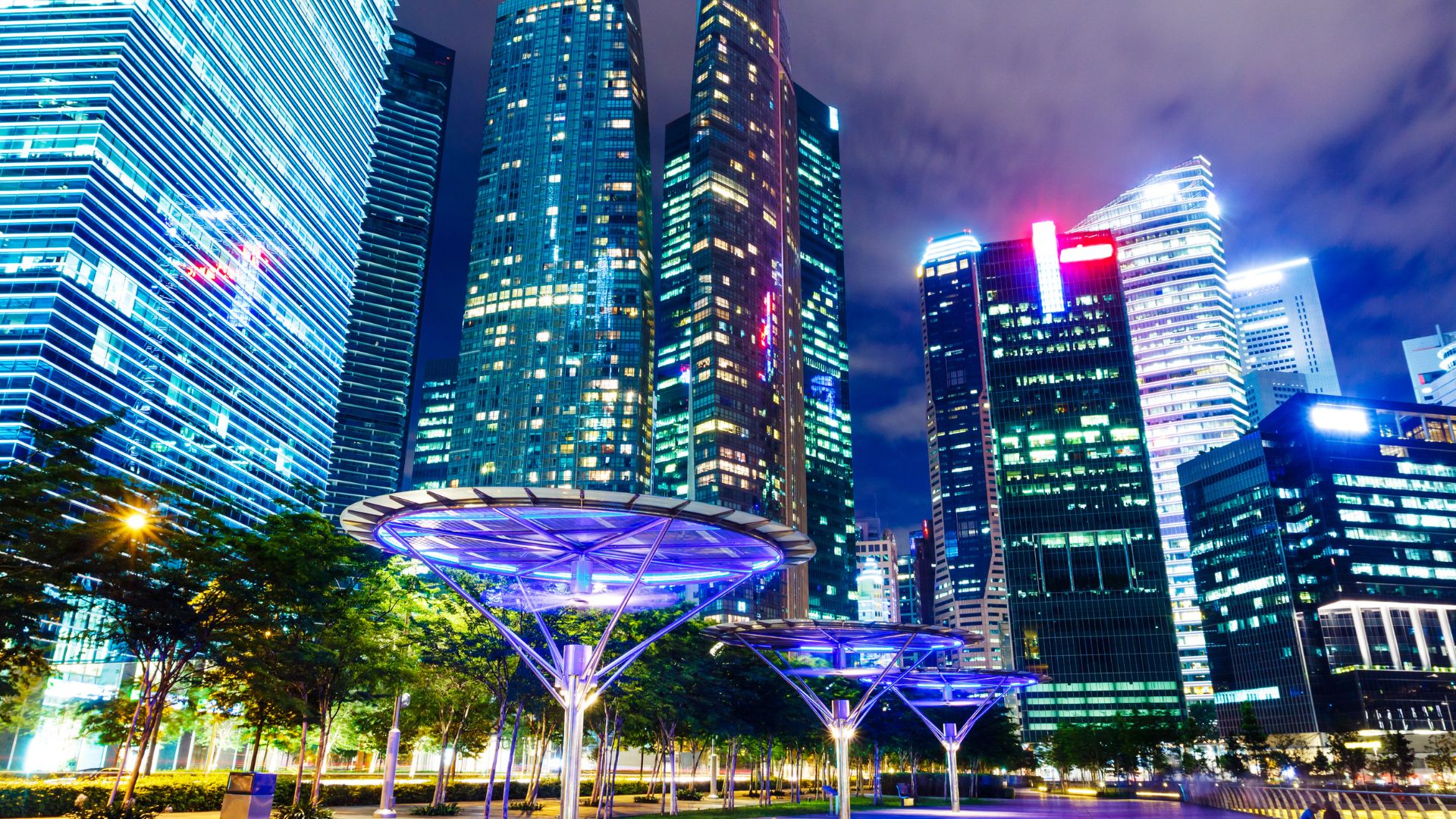While global investments contracted for the second year in a row, Southeast Asia continued to move ahead. The ASEAN Investment Report 2025 shows that the region accounted for about fifteen percent of all investment inflows to developing economies, a share much higher than that of South Asia or Latin America.
Singapore remained the leading destination, capturing the majority of total inflows. Malaysia, Viet Nam, and Cambodia also registered record investment levels. Cambodia received four point four billion dollars, with manufacturing inflows rising by more than half due to growing interest in garment and automotive production. Malaysia gained from a one hundred twenty-two percent surge in data center and semiconductor projects.
Despite these gains, the report warned of widening inequality among member states. Most new manufacturing and digital projects are concentrated in a few high-performing economies. Countries with weaker infrastructure, such as Lao PDR, Myanmar, and the Philippines, have not experienced comparable gains.
The ASEAN Secretariat explained that the region’s strength comes from its supply chain connectivity through the Regional Comprehensive Economic Partnership. However, it also pointed out that to maintain competitiveness, less developed members must speed up infrastructure building, energy access, and investment facilitation.


